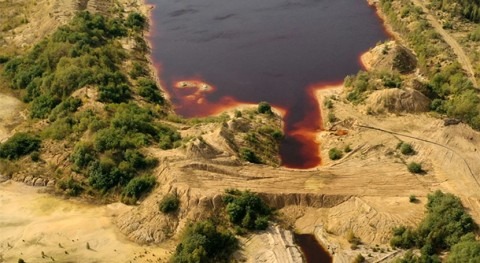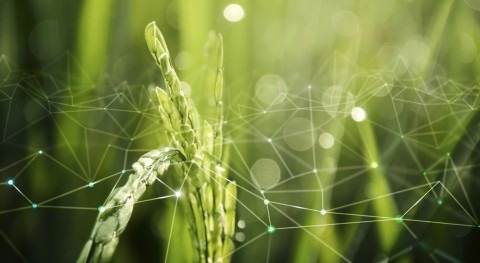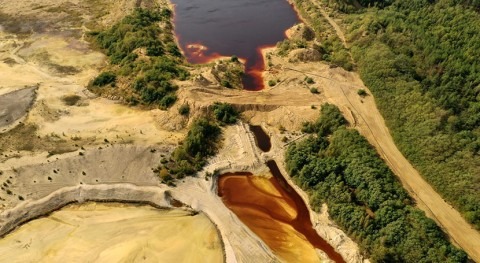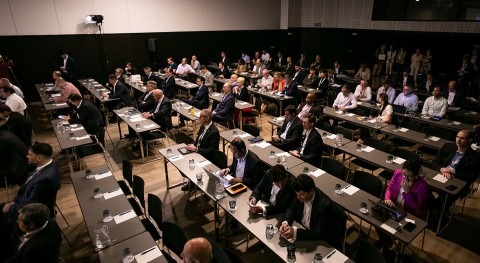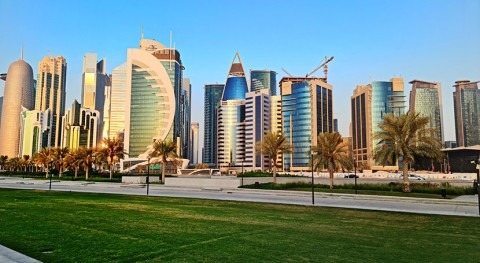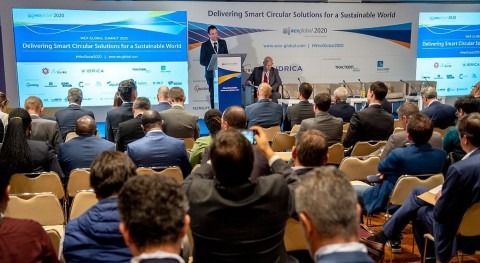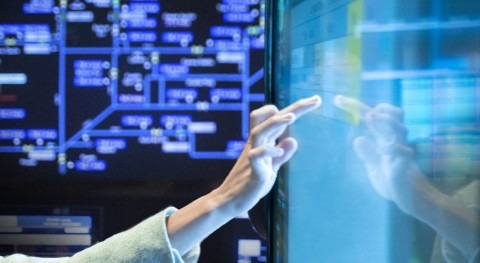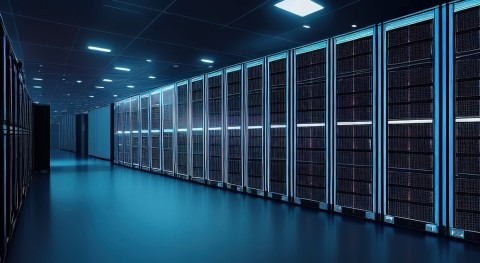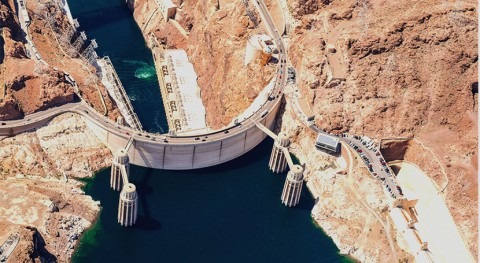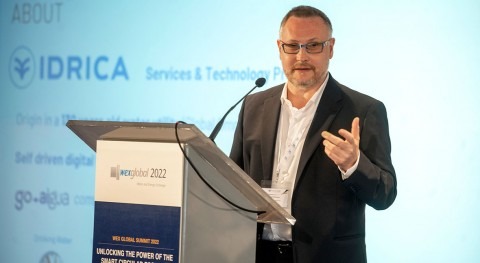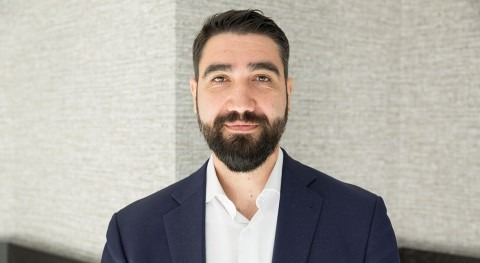Idrica recently unlocked the secrets behind GoAigua’s Digital Twin, deployed at the company Global Omnium, a century-old Spanish utility which manages the water supply in over 400 cities. The online event, which was organized in conjunction with the Water Action Platform, was broadcast from the utility’s control room on June 9.
After the live demonstration of how the digital twin works, given by Pilar Conejos, Head of Network Control and Regulation for Valencia and its Metropolitan Area at Global Omnium for over 15 years, the participants jotted down their questions in the online chat feature. Some of these questions were put forward during the event by the moderator Piers Clark, Chairman of Isle Utilities, and answered by the speaker.
These are the responses to all the questions submitted during the webinar.
Do most utilities nowadays have the major components to develop a digital twin?
Nowadays, utilities have most of the necessary information to develop a digital twin. We have SCADAs, GIS, sensors, CMMS. So the next thing we need to do to develop a digital twin is to create a data centric platform that integrates, concentrates and standardizes the information provided by the different sources. This platform is the basis for feeding the digital twin with the information provided by the real world.
What are the essential elements of a digital twin? What are the must-haves when developing this tool?
There are three main components: a data-centric platform that integrates all the information; hydraulic models and advanced analytics, and a visualization system.
When developing a digital twin, the first step is to define the objectives and uses. We can start off with just a few objectives and then add to our digital twin over time with new goals, use cases and capabilities. In our case, we started off by developing what-if scenarios to support daily operations in the control room.
How many sensors do we need to develop a digital twin, and where do we need to install them?
There isn’t a specific number (or ratio) of sensors that is ideal in every network. The necessary sensors depend on the configuration of the water distribution system, its complexity, size...the regulating equipment, the range of elevations…
What are the most appropriate systems in which to implement a digital twin?
We can develop a digital twin for any water distribution system and in any phase of the water cycle.
It is true that, at first, it makes more sense to implement the digital twin in a complex system where the decision-making process is difficult, and it is almost essential to have this kind of tool.
However, it can be applied to any system because this technology is always going to be beneficial, as it simplifies the decision-making process.
How often do you calibrate the digital twin? Is there such a thing as real-time calibration?
There is slight calibration in real time, and comprehensive calibration when major new assets are included in the water distribution network.
Can the digital twin simulate burst events and identify weaknesses in the network?
With a digital twin we can simulate the behavior of the network under any emergency conditions, such as a burst event which means that some assets have to be taken out of service. We can analyze the consequences and as a result develop emergency response plans, and the necessary investment to make the network more resilient.
What do you need to run simulations in a town where there are no sensors?
When developing a digital twin, some information about the physical system, taken from sensors, is required. The number of sensors needed depends on the configuration of the water distribution network. We can start with the minimum number and then add more sensors later on to make the model more accurate.
How did your operations change after the implementation of the digital twin? Why should utilities trust digital twins?
In our experience, utilities trust digital twins if they are accurate, realistic and useful. In our case, it has become a tool to support daily decision-making and training. Sensor maintenance has improved because issues are detected early, and the staff respond quickly to solve them because they can see that the information they provide is highly valuable and useful for the company.
Right now, saving energy is a common concern in water services. How can digital twins help to save money? Can they be used to optimize pumps and reservoirs in order to save energy on a daily basis?
Digital twins can develop a lot of use cases, such as reducing energy costs and energy consumption, which is something that is at the top of many lists nowadays. These simulated scenarios enable us to define optimum pumping schedules to reduce costs, taking into account the price of energy, as well as monitoring all the hydraulic parameters. Furthermore, digital twins help us to efficiently run all the assets, reducing electricity consumption.
What is the difference between a hydraulic model and a digital twin?
A hydraulic model is one of the components of a digital twin. The latter has to represent the behavior of the network at any time, and this is the reason why it works with a hydraulic model that runs in real time and constantly mirrors reality. Digital twins combine physical information with hydraulic models and a series of algorithms to help us solve most of the challenges facing water distribution system management.
What is the fastest update time for pressure and flow values? What simulation speeds can you achieve?
Sensor data acquisition time depends on how critical this information is, and what you are going to use it for. Thanks to today’s technology, we can update information every second and perform simulations every few seconds.
By how much can you reduce non-revenue water when using this technology?
A digital twin facilitates the decision-making process in different areas, including improved hydraulic efficiency. The final reduction of non-revenue water is not just down to the digital twin as there are other actions and stakeholders involved. This means it is difficult to quantify the improvements that a digital twin brings because there are other factors to be taken into account.
Does the hydraulic model need any special information to support real-time simulation? What kind of time scales does the solution use?
Appropriate data management and algorithms to feed the model are key to supporting real-time simulations. The hydraulic model must be developed considering the real-time information available. We run simulations in real time every minute, five minutes, 15 minutes and every hour depending on the purpose.
Can the system self-calibrate the model, or can it detect problems in the model and suggest tweaks?
Slight calibration is carried out automatically in real time, and the systems report the degree of accuracy of each simulation.



